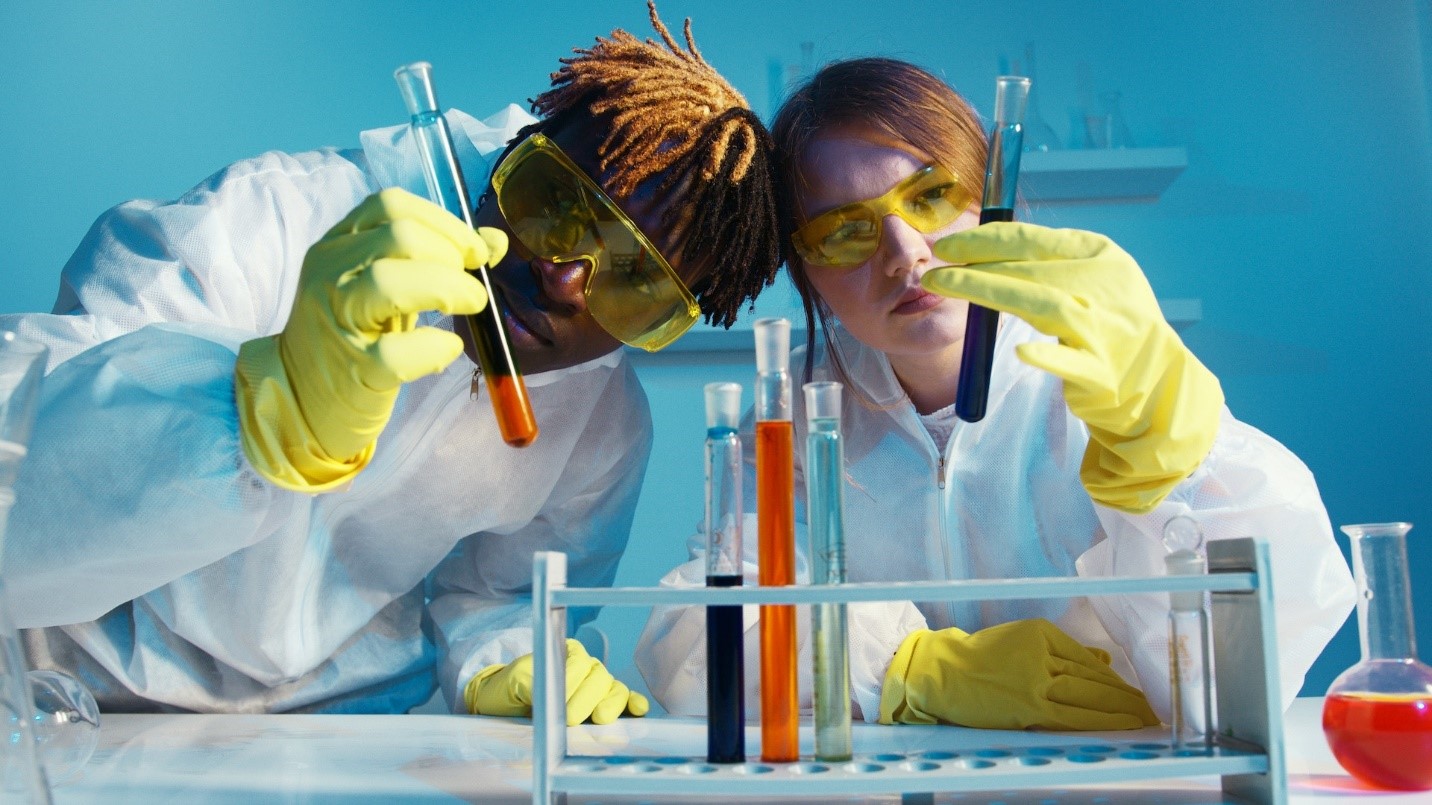What are Some Chemical Hospital Waste Examples?
3/17/2023

Chemical medical waste refers to substances and solvents that are typically used as disinfectants and for laboratory preparations.
The definition is outlined by the Environmental Protection Agency which has also implemented waste management practices to ensure that such chemical waste won’t make it to water sources which can lead to pollution and contamination.
That said, chemical waste is such a broad term. After all, it includes various types of materials, so if you’re wondering if something is labeled a chemical medical waste or not, we highly advise consulting your Material Safety Data Sheet for a complete list.
Some Examples of Chemical Hospital Waste
Chemical hospital waste can be classified as hazardous and non-hazardous. Hazardous chemical waste is chemicals and/or drugs used in clinical areas. They require more stringent disposal and must not be flushed down any drain or toilet.
Otherwise called chemotherapeutic waste, this type of waste requires strict disposal methods following specific guidelines. Some good examples include:
- IV bags
- Vials
- Bottles of medicine
- Syringes with EPA-regulated chemotherapeutic agents
- EPA-regulated chemotherapeutic agents such as Azaserine, Melphalan, Streptocozin, and Uracil Mustard
The EPA-regulated chemotherapeutic agents, in particular, are labeled toxic hazardous waste. This means that they should undergo stringent disposal procedures.
Meanwhile, other chemotherapeutic waste such as the ones mentioned above can be disposed of via containers. However, the containers should still have a Hazardous Waste Label. If a container contains sharps like syringes, it should have the label SHARPS on it.
Lastly, they should be submitted to the EHS for proper disposal.
